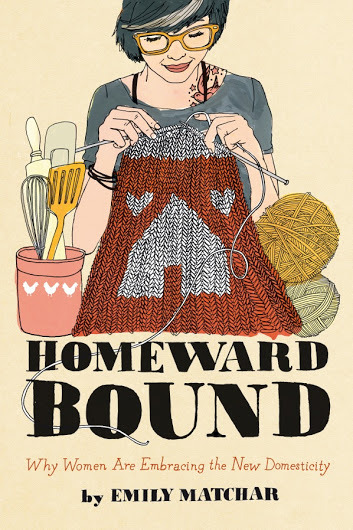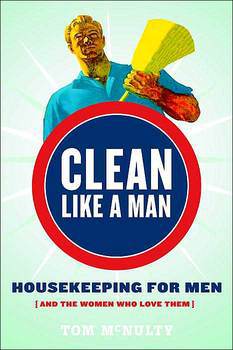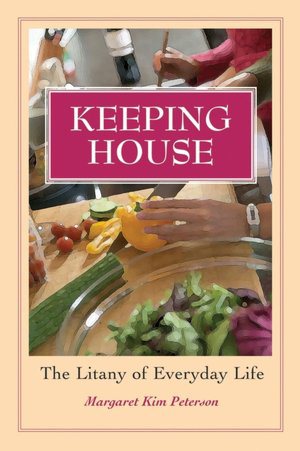Thanks, everyone who left thoughtful comments on yesterday’s post!
I wanted to clarify a few points:
#1 Some of you pointed out that “messy” can be a useful term and shouldn’t be lumped in with the careles use of “manic,” “bipolar,” “psychotic,” etc.
You’re probably right. ‘Messy’ is in a different category, and we all have messes in our lives.
I’m not objecting to the use of ‘messy’ per se. I’m objecting to the way “messy” is thrown out there on the Internet as a “just folks” line when every other marker indicates the absolute opposite. (See the example under point #3)
It’s like when people who were clearly cool and popular in high school try to backtrack and say they were actually nerdy outsiders once being a nerdy outsider became its own kind of cool.
#2 I do realize that wealth and privilege are no barrier against mental illness, alcoholism, and abusive, horrific family situations.
And I’m sorry if that wasn’t clear.
Those who’ve read The Glass Castle know that (spoiler!) Jeannette Walls’ mother was in fact sitting on real estate valued at over a million dollars while her children scrounged in the garbage cans for food.
{There’s also this horrific story of the “Poorest Rich Kids in the World” in Rolling Stone}
However, I wanted to make clear my appreciation for Jeannette Walls’ refusal to romanticize her upbringing, especially in a cultural moment that occasionally indulges in nostalgie de la boue–this sense that poverty is somehow ennobling and simple and even desirable. I’m
#3 I do (tentatively of course) stand by my hunch that middle- and upper-middle class folks curate a certain image and then protesteth that image much.
Example? Jen Hatmaker’s post on her family’s new reality show on HGTV, where she talks about how chaotic and crazy they all are (“we are doomed, cause we can lay us down some crazy”) and how horrible and wrecked their fixer-upper of a house is and yet, somehow, every person and every room in every photo is nothing less than adorable.
Edith Schaeffer kept quiet about the ‘messiness’ of her life with the well-known teacher and author Francis Schaeffer and presented a highly polished and competent picture of herself to the world. That’s what was acceptable and desirable in her day.
In our day, it seems, we want people to admit to ‘messiness’ but only if can still be picturesque, somehow.
That’s weird to me, and, not to belabor the point, may trivialize real suffering. I’m not calling people’s ‘first-world problems’ unimportant or non-existent. I’m just saying we shouldn’t give credit for being ‘confessional’ and ‘raw’ if what’s being confessed isn’t all that raw, and just allows one to seem quirky and adorable instead of actually messed up.
Otherwise, we’re no better off than we were when we were just keeping up appearances. Only now, we have the pressure to keep up an “honest” and “raw” appearance that’s still cute. (See also: Manic Pixie Dream Girl or, better, Mindy Kaling’s New Yorker piece, “Flick Chicks.”)
#4 The point about the Trader Joe’s frozen dinners and Annie’s Organic boxed mac & cheese was not meant to imply that people who can provide such things have no problems.
Rather, as Emily Matchar pointed out in her very intelligent book Homeward Bound, the pressure on mothers to DIY it all perfectly and picturesquely has meant that for some people, Trader Joe’s frozen food represents failure. My point is that it clearly does not.
#5 Thanks for bearing with me.
Often my blog is a place to work out ideas in draft form. Thanks for helping me think through things a little more carefully!



